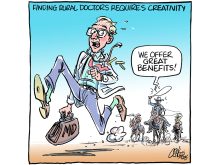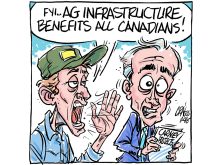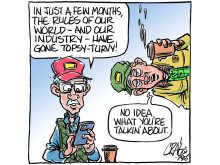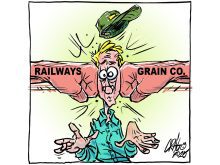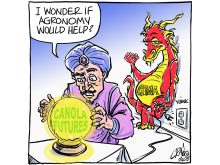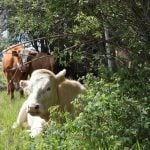Agriculture has hardly been mentioned in the Saskatchewan general election campaign, even during the Oct. 18 debate between Premier Scott Moe of the Saskatchewan Party and Carla Beck of the NDP.
This is disappointing when considering the critical role the industry plays in the province.
Of the 61 constituencies in Saskatchewan, 30 are considered urban, 29 rural and two are in the north. However, there is little incentive for the two main political parties to spend any political capital in rural ridings because they are unlikely to change allegiance.
Read Also
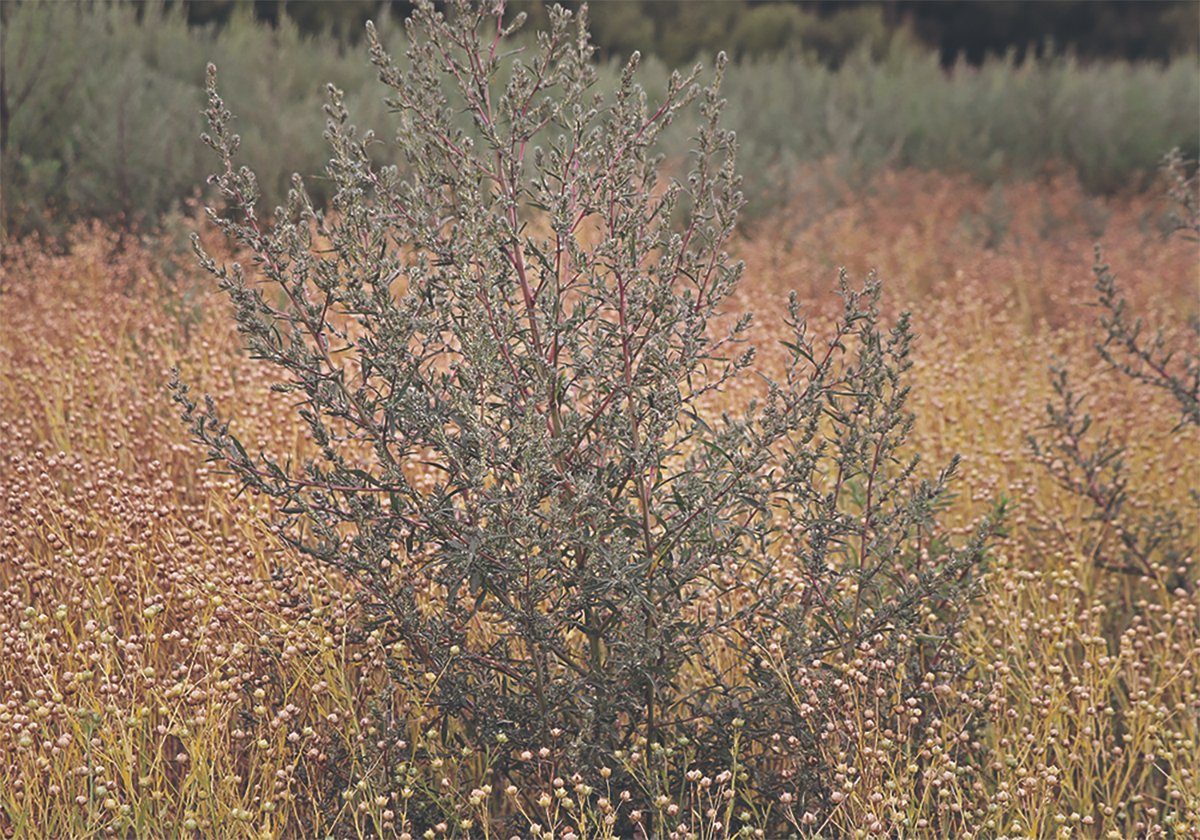
Kochia has become a significant problem for Prairie farmers
As you travel through southern Saskatchewan and Alberta, particularly in areas challenged by dry growing conditions, the magnitude of the kochia problem is easy to see.
This isn’t because the Sask Party has offered significant new policies or spending to maintain rural support. Nor is it because of radical differences between the NDP and Sask Party platforms that specifically target rural residents.
Both parties oppose the federal carbon tax, call for improvements in business risk management programs with an emphasis on livestock, and promise to improve rural broadband.
The NDP says it plans to review the Lake Diefenbaker irrigation project, so it’s hard to say whether there is a significant difference there either. Both parties also promised to keep small business tax at one per cent.
The platforms differ when it comes to wetland and grassland preservation. The NDP promises to develop a comprehensive wetlands conservation policy and protect biodiversity and native prairie grasslands. The words grassland, wetland or biodiversity do not appear in the Sask Party platform.
The NDP platform doesn’t mention rural roads, which is surprising for a party trying to make in-roads in rural ridings. The Sask Party platform describes line items in the 2024-25 budget that include tens of millions of dollars for rural highway improvements.
One of the largest platform differences that affect rural residents is the approach to policing, which is an important topic, considering the province has the worst crime rate in the country.
The Sask Party plans to launch the Saskatchewan Marshals Service with 70 officers. Its platform also says it will hire an additional 180 RCMP officers, 100 new police officers and law enforcement officials and add 14 new Safer Communities and Neighborhoods officers.
The NDP would scrap the Saskatchewan Marshals Service plan and increase funding to established police forces and mental health and addictions services.
The biggest differences in the platforms that affect many rural voters are the same issues that affect people across the province: health care and education, which are the biggest line items covered by provincial tax dollars.
Saskatchewan does not compare favourably to other provinces when it comes to health care and education outcomes.
Some voters see a bit of mud stuck to the Sask Party from an ugly negotiation with the teacher’s union and because of reduced supports available to children in schools. Others like the approach Moe’s government has taken with schools and teachers.
On health care, the current backlog in emergency care and rapid decrease in rural registered nurses and physicians working in the province are worrisome trends. Both the NDP and the Sask Party say they will hire more doctors and nurses, and voters will have to decide who they trust to get the job done.
A big difference between Moe and Beck may be the approach they take with the current or next federal government on shared files such as agriculture.
Moe’s approach is combative when engaging with the Trudeau government, which is exactly what many of his constituents want. Whether Beck’s approach to work within the confederation would be more fruitful for farmers in Saskatchewan is a question they must consider.
Karen Briere, Bruce Dyck, Barb Glen, Michael Robin, Robin Booker and Laura Rance collaborate in the writing of Western Producer editorials.





